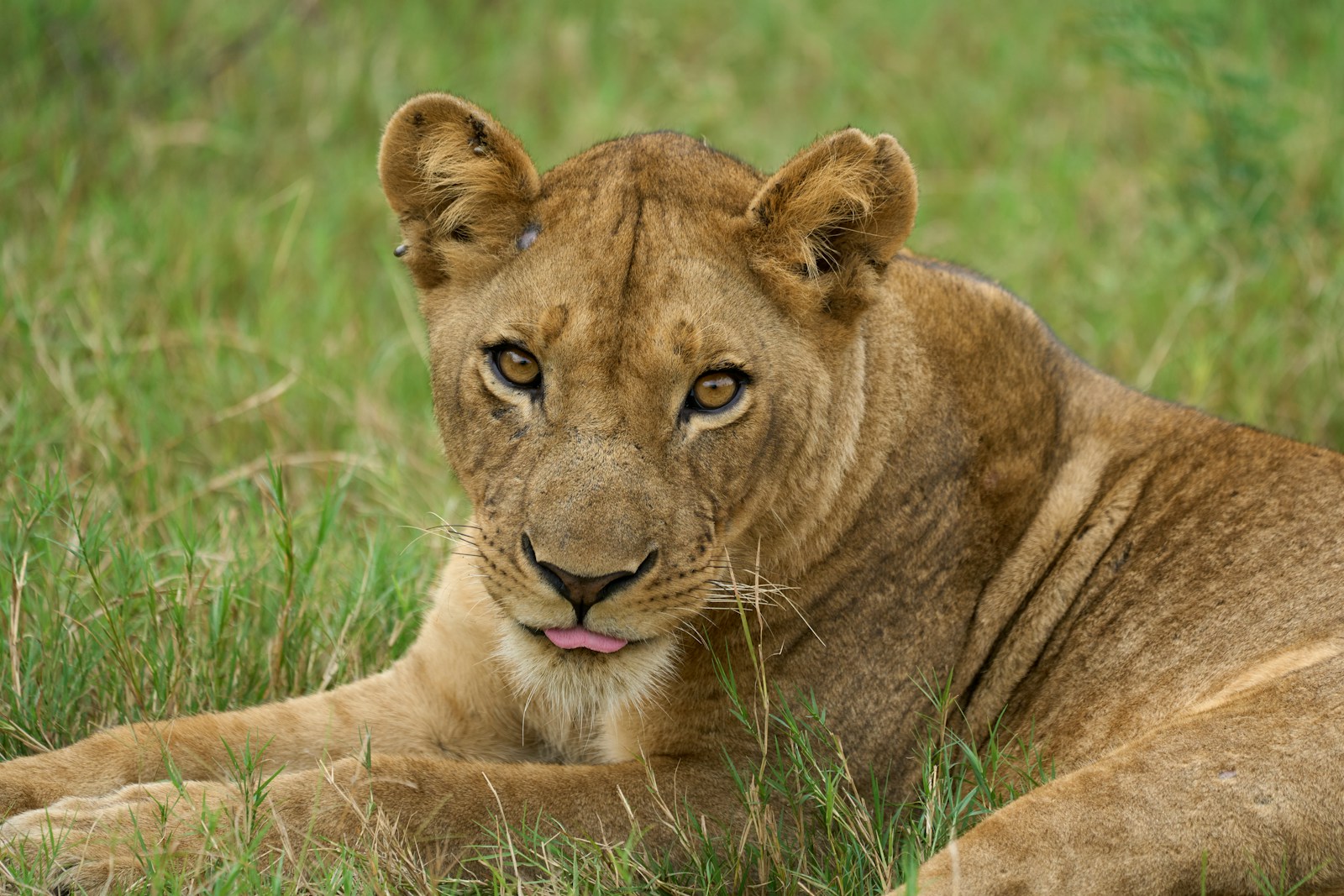In the intricate dance of predator and prey relationships across North America’s diverse ecosystems, mountain lions (Puma concolor) have emerged as unexpected allies in wildlife management. As wild boar populations surge across multiple states, causing ecological damage and economic losses, these elusive big cats serve as natural population regulators. This relationship represents one of nature’s most fascinating examples of biological control, where apex predators like mountain lions help maintain ecological balance by keeping invasive species like wild boar in check. Understanding this dynamic is crucial for developing effective conservation strategies that work with, rather than against, natural processes.
The Wild Boar Problem in North America
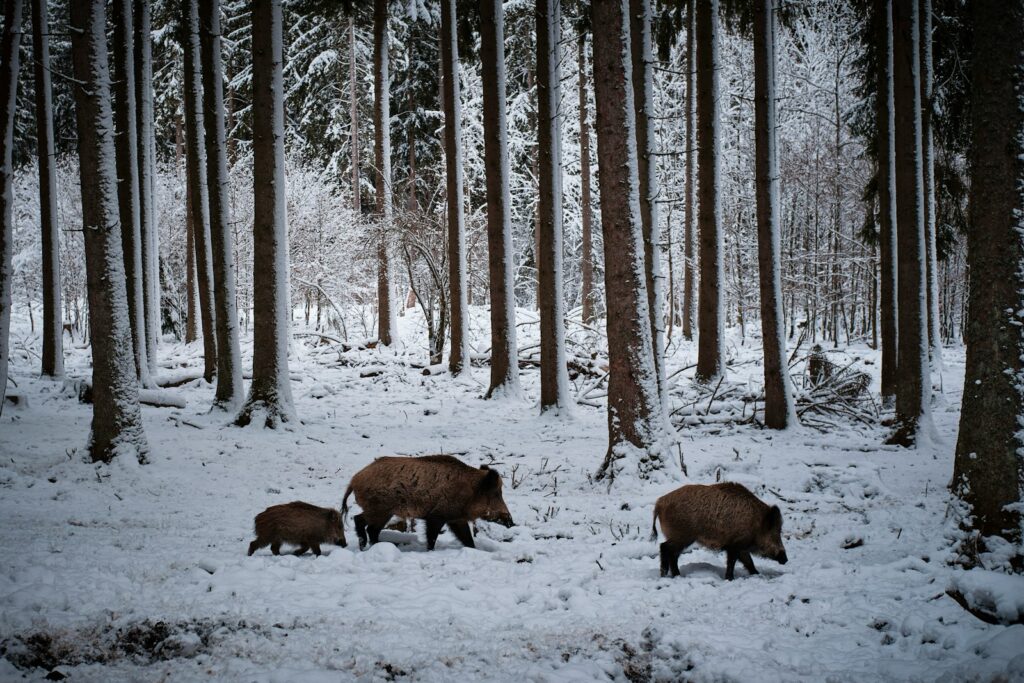
Wild boars, also known as feral pigs or feral swine, are one of the most destructive invasive species in North America, causing an estimated $1.5 billion in damages annually. Originally introduced to the continent by European settlers in the 1500s, these highly adaptable animals now roam freely across at least 35 states. Their rapid reproduction rates—with sows capable of producing up to two litters per year with 4-12 piglets each—have allowed their populations to explode virtually unchecked in many regions. Without natural predators in many ecosystems, wild boars destroy native vegetation, contaminate water sources, compete with native wildlife for resources, and devastate agricultural lands through their rooting behavior and voracious appetites.
Mountain Lions: America’s Apex Predators
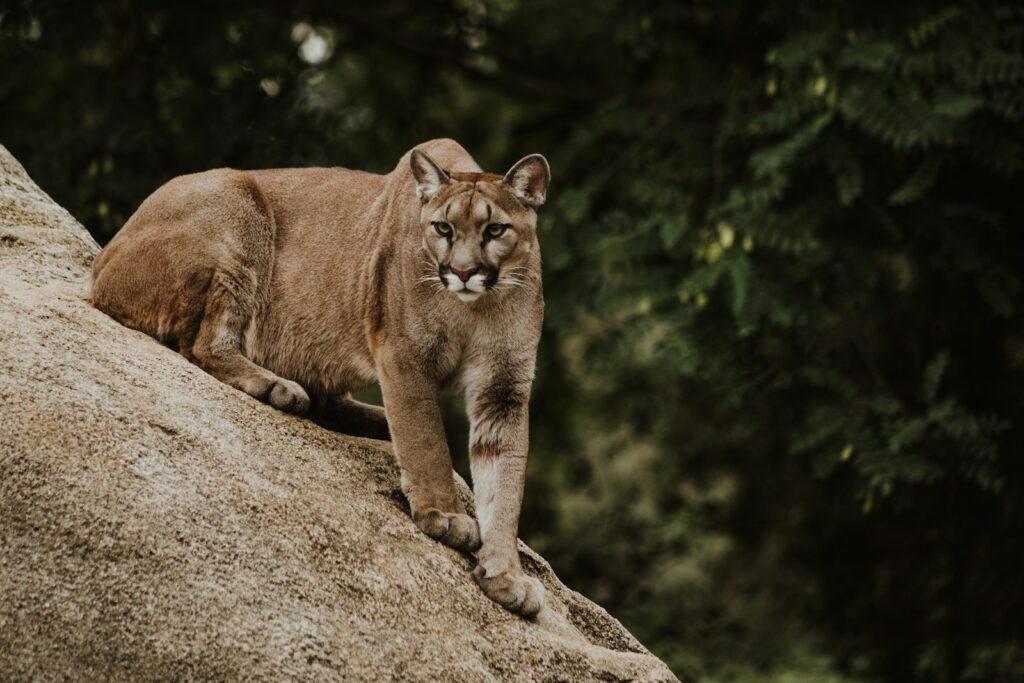
Mountain lions, also known as cougars, pumas, or panthers, are North America’s largest wild cats and formidable predators capable of taking down prey many times their size. Historically ranging across most of the Western Hemisphere, these solitary and territorial cats now primarily inhabit the western United States, though small populations exist in Florida and isolated pockets elsewhere. Adult males typically weigh between 110-180 pounds, while females range from 80-130 pounds, giving them the size and strength necessary to hunt large prey like deer, elk, and increasingly, wild boar. Their hunting style—stalking prey and delivering a powerful killing bite to the neck—makes them particularly effective at targeting even large, aggressive boars that might intimidate other predators.
The Predator-Prey Relationship
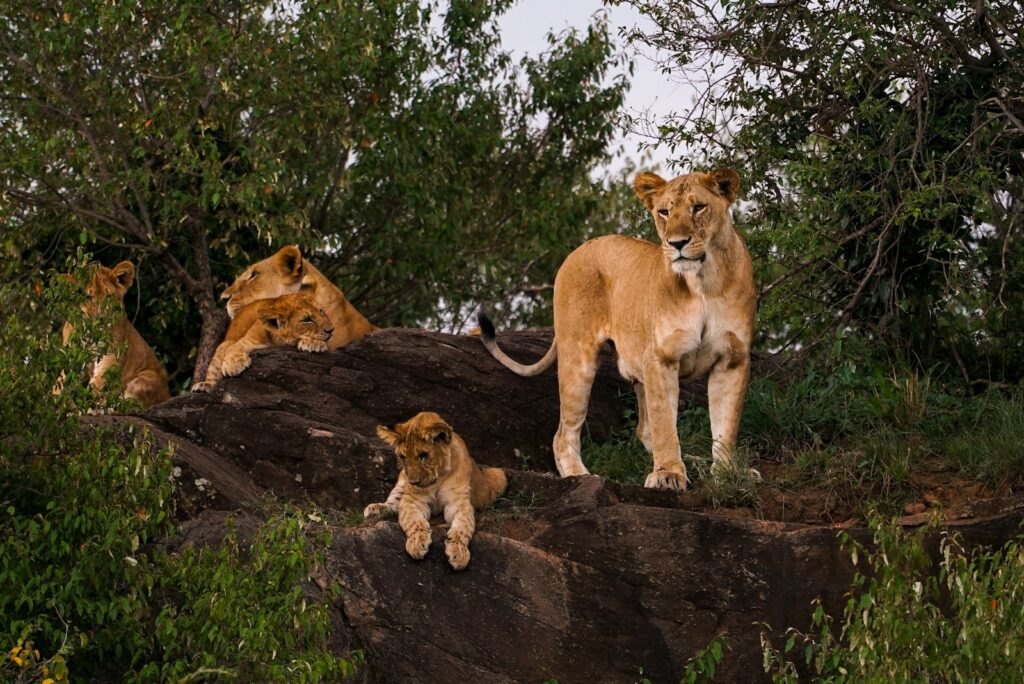
Research tracking mountain lion prey selection has revealed fascinating insights into how these predators interact with wild boar populations. In areas where both species coexist, studies have documented mountain lions actively hunting and consuming wild boar, with some regional populations showing boar comprising up to 35% of their diet. This predation relationship isn’t static but rather adapts based on prey availability, season, and local conditions. Young mountain lions often learn to target wild boar after observing their mothers’ hunting behaviors, passing this crucial skill down through generations. Unlike human hunters who might selectively harvest specific animals, mountain lions frequently target weak, sick, or young boars, providing a different but complementary form of population control.
Ecological Impact of Mountain Lion Predation
Mountain lion predation on wild boar extends beyond simple population reduction, creating ripple effects throughout the ecosystem known as trophic cascades. By reducing boar numbers, mountain lions indirectly protect native plant communities that would otherwise be damaged by boar rooting behaviors. Research in areas with healthy mountain lion populations shows decreased soil disturbance, improved water quality in streams and wetlands, and better survival rates for ground-nesting birds and small mammals typically impacted by boar activities. Additionally, the presence of mountain lions often alters boar behavior through the “landscape of fear” effect, where prey species avoid certain areas with high predation risk, further reducing their environmental impact in sensitive habitats.
Case Studies: Regional Success Stories
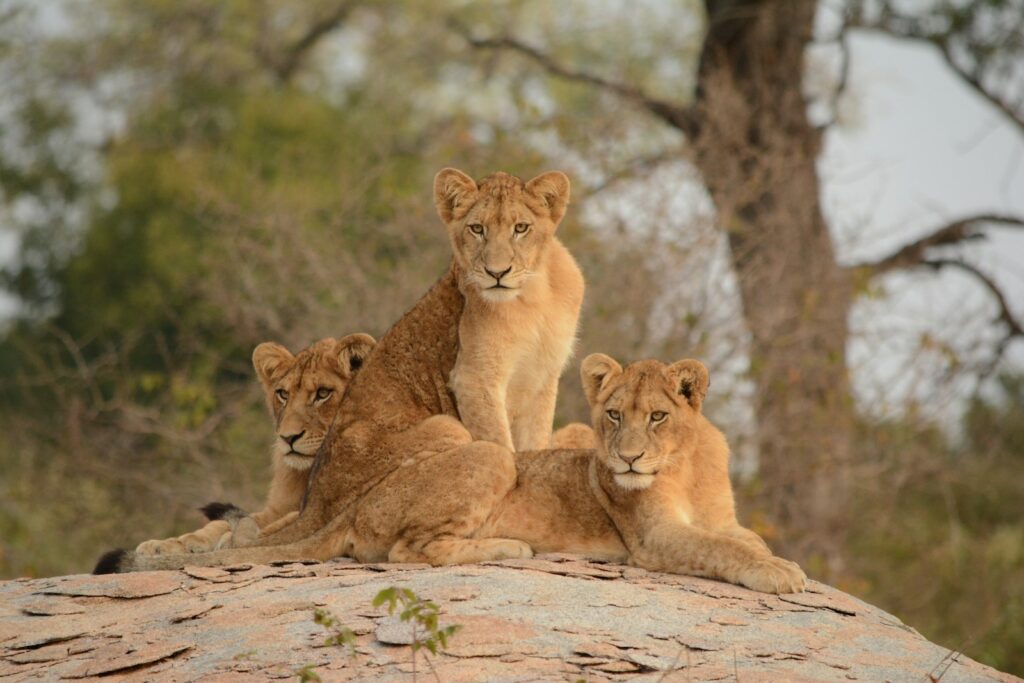
Several regions have documented the effectiveness of mountain lions in controlling wild boar populations. In California’s central coast ranges, long-term studies have shown areas with established mountain lion territories experience significantly lower boar population growth compared to similar habitats without resident cats. Texas Hill Country researchers have observed similar patterns, noting that properties with confirmed mountain lion presence required less intensive human management of boar populations. Perhaps most dramatically, in parts of Florida where the endangered Florida panther has made modest recoveries, land managers have documented corresponding decreases in feral hog damage, suggesting even small populations of mountain lions can influence boar numbers. These regional examples provide compelling evidence for the potential of natural predation as a management tool.
Limitations and Challenges
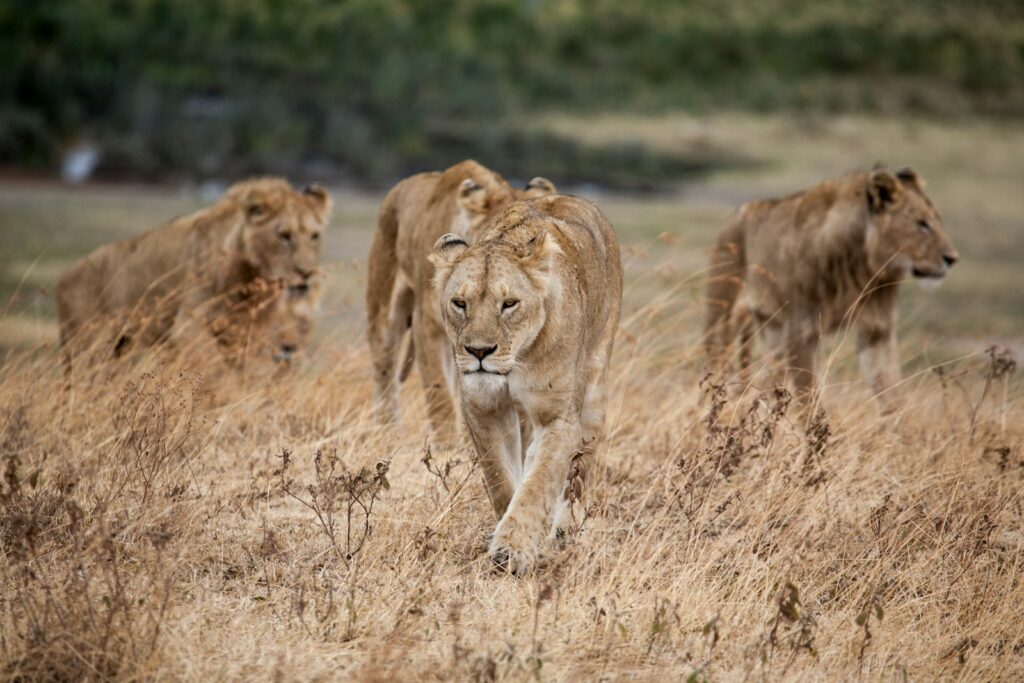
Despite their effectiveness, mountain lions face significant limitations in providing comprehensive wild boar control across North America. Their natural range doesn’t overlap with all boar-infested regions, particularly in the southeastern United States where mountain lion populations have been largely extirpated. Additionally, mountain lions maintain relatively low population densities compared to their prey, with typical densities of just 1-4 cats per 100 square kilometers, limiting their total impact on boar numbers. Human development and habitat fragmentation further restrict mountain lion movements and reduce their effectiveness as population controllers. Finally, mountain lions naturally switch between prey species based on availability, meaning they can’t be relied upon to exclusively target wild boar.
The Science of Selective Predation
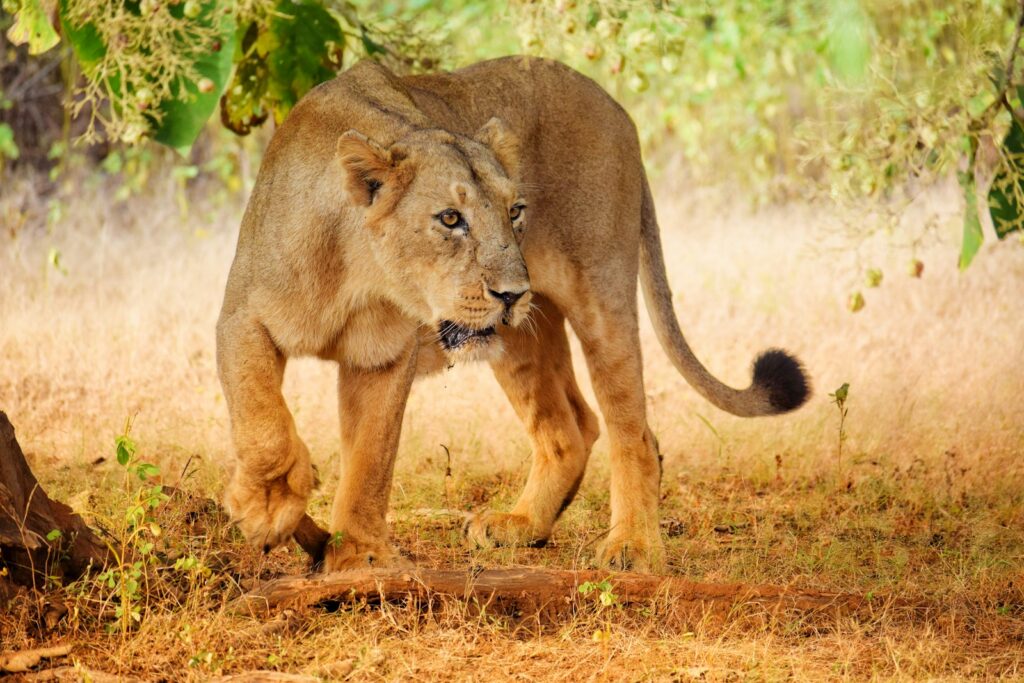
Mountain lions exhibit fascinating patterns of selective predation when hunting wild boar that differ significantly from other control methods. Studies using GPS collar data and kill site investigations reveal that mountain lions typically select juvenile boars or smaller adult females, precisely the reproductive segments most important for population control. This selective pressure on reproductive individuals creates stronger population-limiting effects than random removal would achieve. Research from the University of California-Davis demonstrates that mountain lions are more likely to target diseased or weakened boars, potentially reducing disease transmission within boar populations. This natural selection pressure may even drive evolutionary changes in boar populations over time, potentially reducing their environmental impact or invasive capabilities.
Comparing Natural vs. Human Control Methods
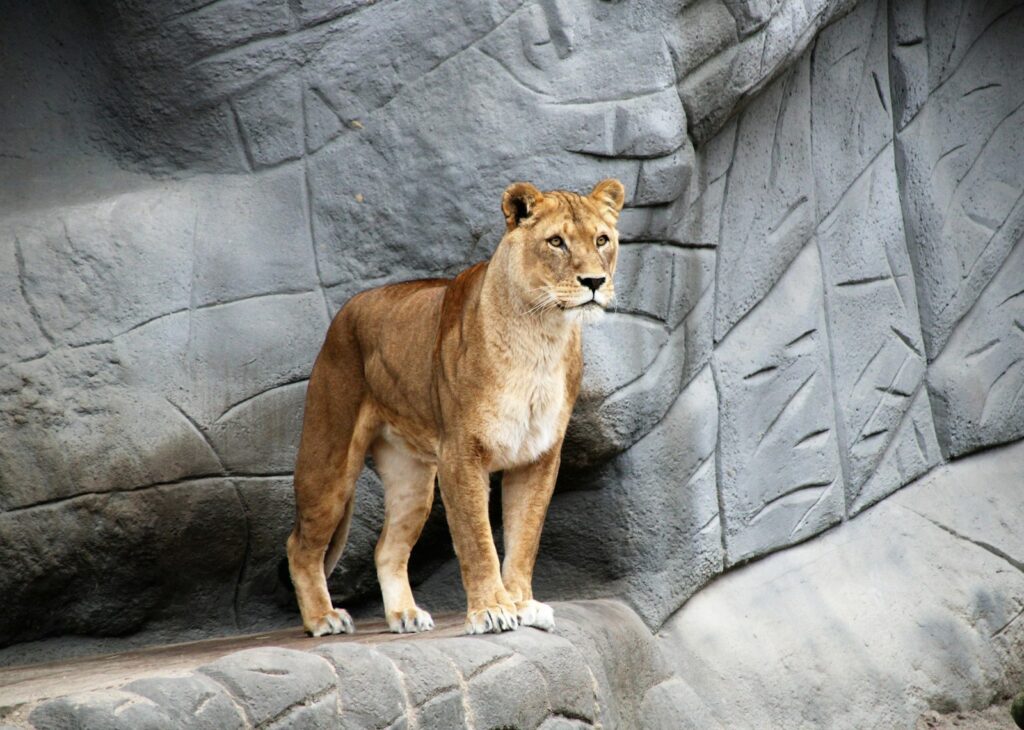
When comparing mountain lion predation to human control efforts, each approach offers distinct advantages and disadvantages. Human control methods like trapping, hunting, and toxic baits can remove larger numbers of boars quickly and can be deployed specifically in problem areas. However, these methods require continuous investment, can cause environmental side effects, and often trigger compensatory reproduction where surviving sows produce larger litters. Mountain lions, while slower acting, provide continuous pressure year-round without financial cost, target reproductively important individuals, and simultaneously deliver broader ecosystem benefits. The most effective management approaches typically integrate both natural predation and human control methods, using each to complement the other’s strengths and weaknesses in a comprehensive strategy.
Mountain Lion Conservation and Boar Management
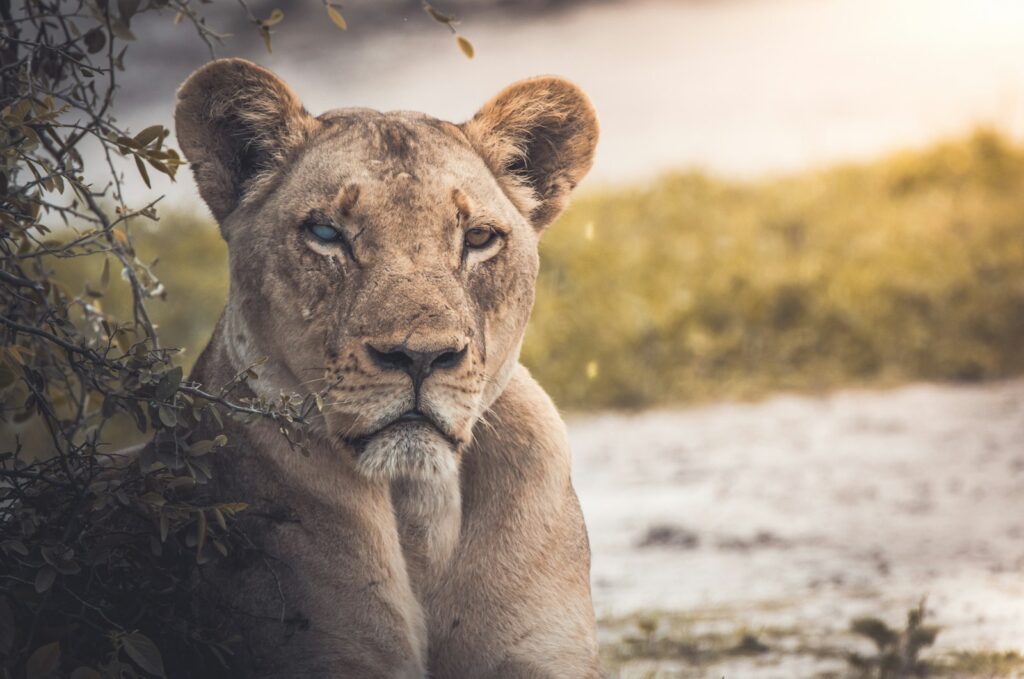
The recognition of mountain lions’ role in boar management has significant implications for mountain lion conservation policy. Traditional wildlife management has often treated predators as competitors to be controlled rather than as beneficial components of healthy ecosystems. However, a growing number of wildlife agencies now incorporate predator conservation into their invasive species management plans, acknowledging the economic and ecological value these native carnivores provide. Several states have revised mountain lion management plans to maintain sustainable populations partially based on their role in controlling invasive species. Conservation organizations increasingly highlight predation services when advocating for mountain lion protection, creating new alliances between traditionally separated interest groups like hunters, conservationists, and agricultural stakeholders.
Human-Wildlife Conflict Considerations
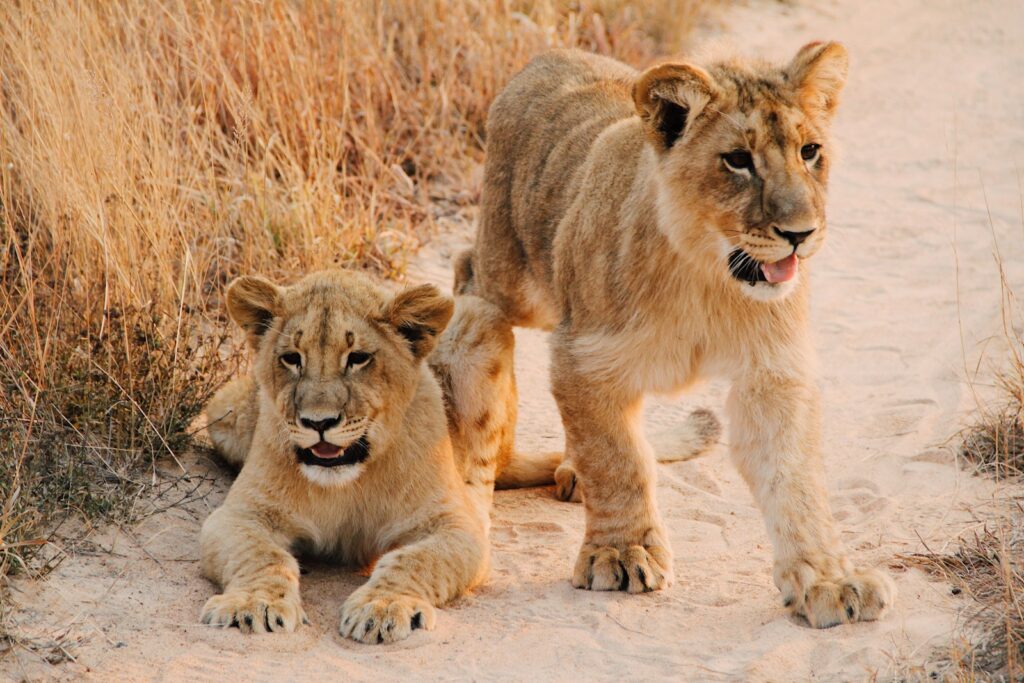
Promoting mountain lions as biological control agents inevitably raises concerns about human-wildlife conflict, requiring careful management approaches. Communities in areas where mountain lion populations are encouraged must implement education programs teaching coexistence strategies and safety practices to reduce risk to people and domestic animals. Livestock protection programs including guard animals, secure nighttime enclosures, and compensation schemes have proven effective in reducing economic losses to ranchers while maintaining predator populations. Wildlife officials must develop rapid response protocols for addressing problem individuals that develop concerning behaviors while preserving overall population health. The success of these programs directly influences public acceptance of mountain lions and thus the feasibility of utilizing them for boar management.
Future Research Directions
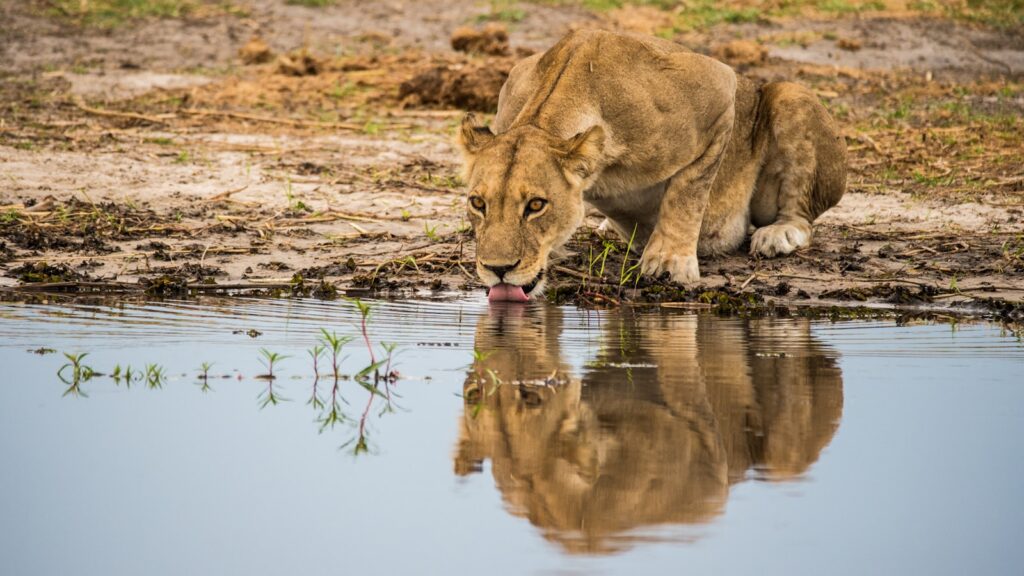
Numerous research questions remain regarding the mountain lion-wild boar relationship that could enhance management approaches. Long-term studies tracking both predator and prey populations simultaneously are needed to quantify exactly how many boars a typical mountain lion removes annually and what population density of cats would be required for effective control. Genetic research examining whether mountain lions are developing specialized boar-hunting behaviors in certain regions could identify important populations for conservation. Economic analyses comparing the costs of traditional control methods versus predator conservation would help policymakers make informed decisions about resource allocation. Advanced modeling incorporating climate change predictions could help forecast where this predator-prey dynamic might be most effective in future scenarios.
Integrated Management Approaches
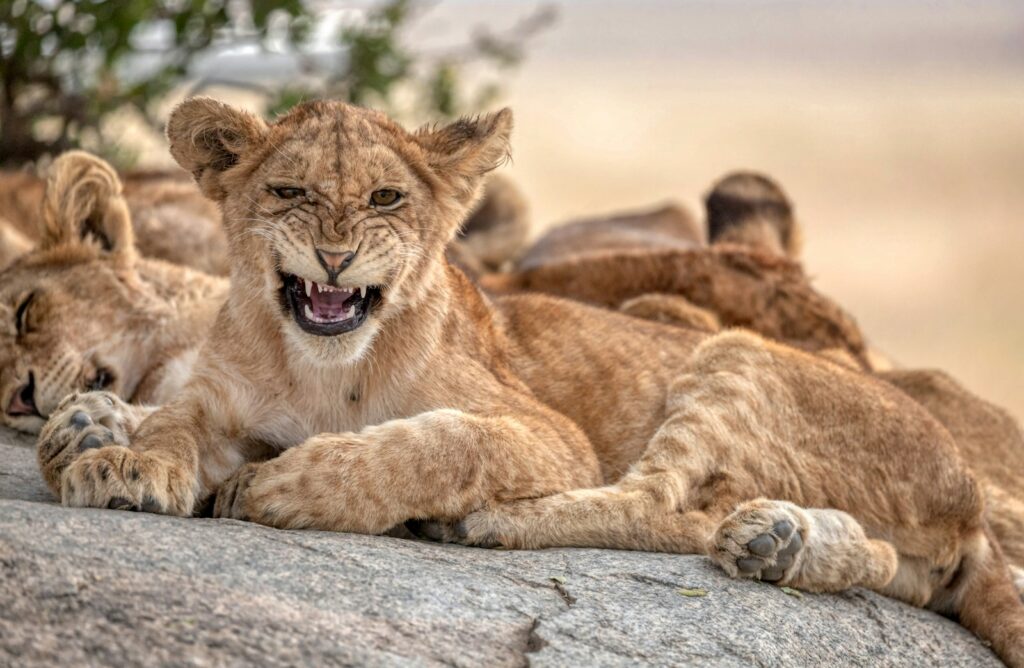
The most promising path forward involves integrating mountain lion predation into comprehensive wild boar management strategies rather than relying on any single approach. Successful integrated programs typically begin with detailed mapping of both species’ distributions to identify overlap zones where natural predation can be maximized. Human control efforts can then be concentrated in areas where mountain lions are absent or in situations requiring rapid population reduction beyond what natural predation can provide. Habitat management techniques like creating movement corridors for mountain lions while restricting boar access to sensitive areas can enhance predation effectiveness. Regulatory frameworks allowing for adaptive management—adjusting strategies based on monitoring results—have proven most successful at balancing multiple management objectives while leveraging natural ecological processes.
Public Perception and Education
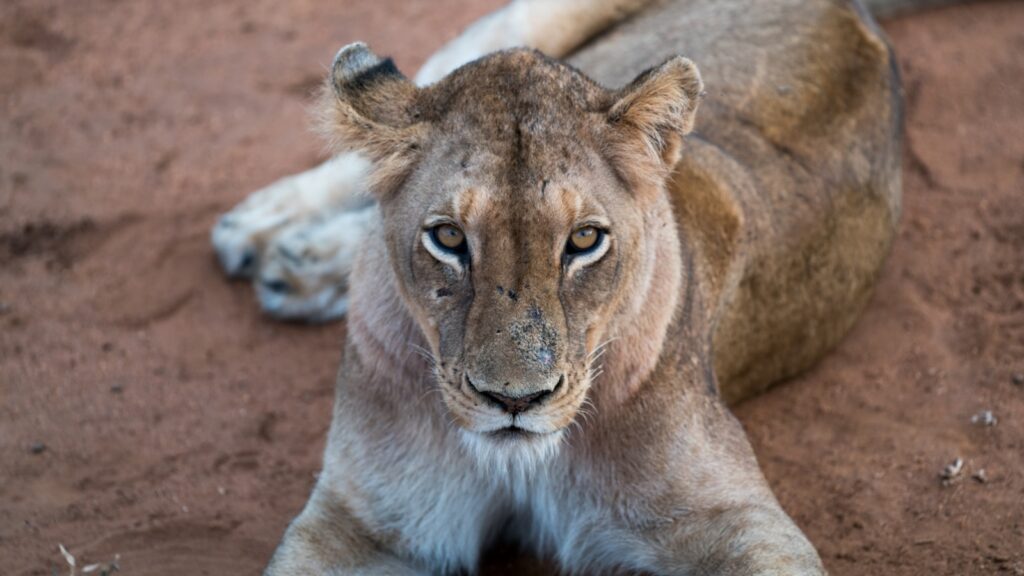
Public support remains crucial for any wildlife management strategy, making education about the mountain lion-wild boar relationship essential. Surveys indicate that public acceptance of predators increases significantly when people understand their ecological benefits, such as controlling destructive invasive species. Educational programs highlighting specific examples of how mountain lions benefit agricultural interests through boar control have been particularly effective in shifting perceptions in rural communities. Citizen science initiatives allowing landowners to document both mountain lion presence and reduced boar damage create personal connections to these ecological relationships. Media coverage portraying mountain lions as beneficial wildlife managers rather than threats has demonstrated measurable impacts on public policy support and funding for conservation initiatives.
Conclusion
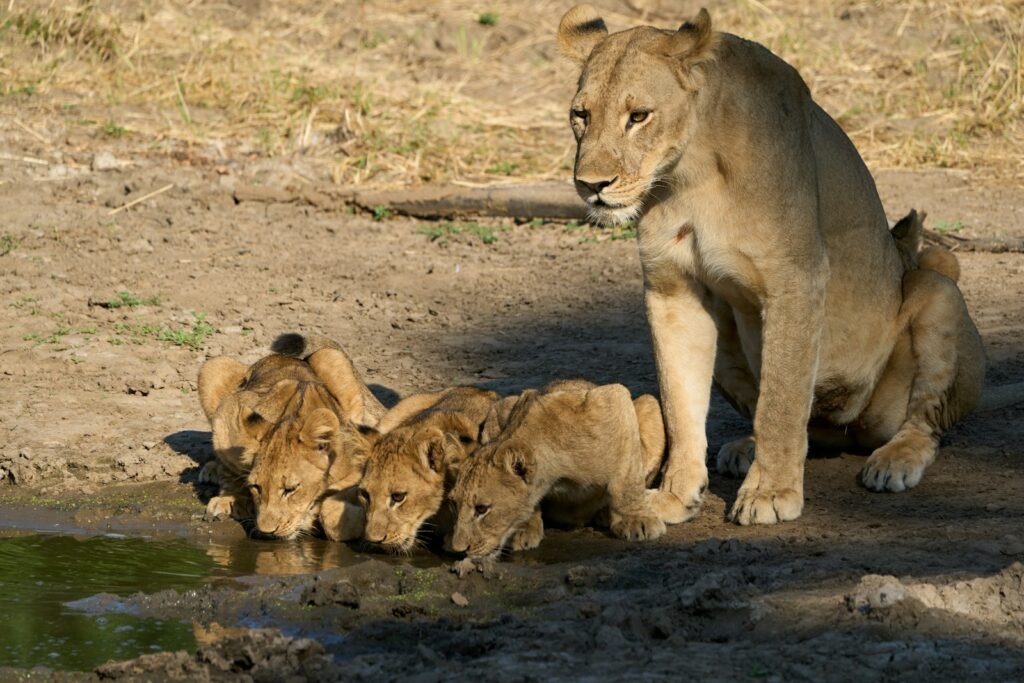
The relationship between mountain lions and wild boar exemplifies nature’s capacity for self-regulation when ecosystems remain intact. While mountain lions alone cannot solve the wild boar problem across North America, they represent an important, cost-effective component of integrated management strategies. As we continue to develop our understanding of this predator-prey dynamic, wildlife managers have an opportunity to work with natural processes rather than against them, potentially reducing costs while improving outcomes. The mountain lion’s role in controlling wild boar populations offers a compelling example of why conserving apex predators benefits not only ecological systems but also human interests. By protecting and managing mountain lion populations with this ecosystem service in mind, we may find more sustainable solutions to one of North America’s most challenging invasive species problems.

